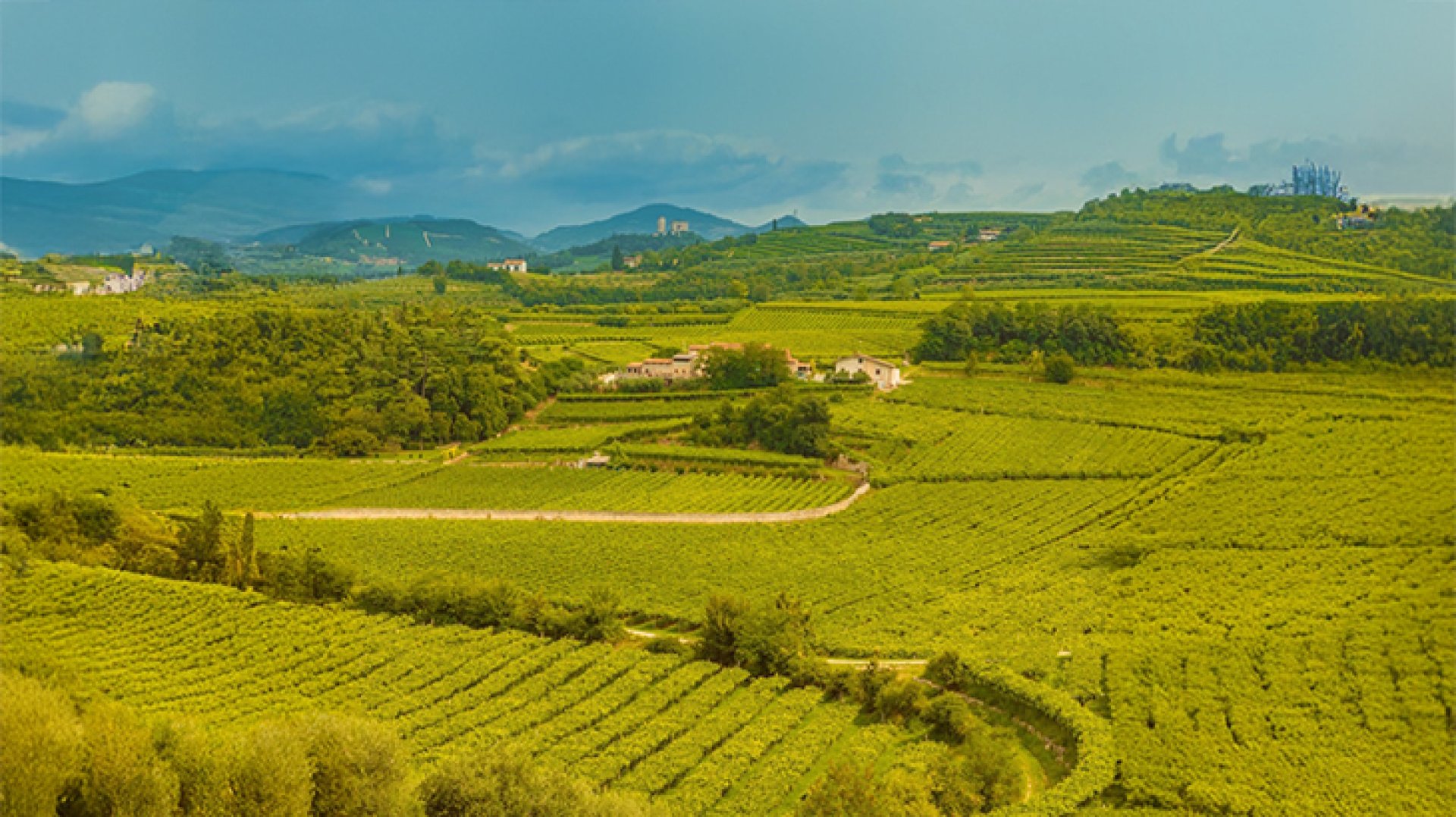Valpolicella

A Timeless Wine Heritage
Valpolicella is a renowned wine-producing region in the Veneto area of northeastern Italy, stretching just north of Verona. With a winemaking tradition dating back over 2,000 years, this valley is home to some of Italys most beloved red wines, including Amarone, Ripasso, and Recioto.
The name Valpolicella is believed to come from the Latin phrase Vallis Polis Cellae, meaning valley of many wine cellarsa fitting tribute to the regions deep connection with viticulture since ancient times.
Ancient Roots : From Romans to the Ostrogoths
Archaeological evidence suggests that grape cultivation and winemaking in this region predate Roman times, possibly as far back as the Etruscans or ancient Greeks. However, it was the Romans who structured and advanced viticulture in Valpolicella.
The Roman naturalist Pliny the Elder wrote in the 1st century about a local wine called Rhaetian, praising its quality. In the 6th century, Roman writer Cassiodorus also mentioned the sweet wines of the area as being favored by the Ostrogothic royal court.
Middle Ages to Renaissance: Monks, Nobles, and the Rise of Wine Trade
During the Middle Ages, vineyards in Valpolicella were often managed by monastic orders, who refined winemaking techniques and documented grape varietals. Wealthy Venetian families, such as the Scaligeri (Della Scala), also invested in the wine trade.
When the Republic of Venice gained influence in the 8th century, it played a key role in promoting wine exports from Valpolicella across the Mediterranean and beyond, making use of Venices strategic position as a trading hub.
The Birth of Amarone and Modern Expansion
In the 18th and 19th centuries, Valpolicella began expanding its vineyards and modernizing fermentation techniques, with support from the Italian government. Exports to France, Germany, and England became more prominent.
A turning point came in 1936, when a batch of Recioto della Valpolicellaa traditional sweet winewas accidentally left to ferment longer. The result was a dry, bold wine with higher alcohol content: Amarone della Valpolicella. This new style quickly gained international acclaim and became a hallmark of the region.
In 1968, Valpolicella wines were granted DOC (Denominazione di Origine Controllata) status. Later in 2010, Amarone achieved DOCG (Denominazione di Origine Controllata e Garantita)Italys highest classification of wine quality.
The Grapes and the Land: A Perfect Harmony
Valpolicellas signature wines are made primarily from native grape varieties:
- Corvina
- Corvinone
- Rondinella
- Molinara (used less frequently today)
The vineyards are planted on hills reaching over 600 meters above sea level, benefiting from sun exposure on multiple slopes. The soil is rich in volcanic rock, limestone, clay, and alluvial depositsperfect for high-quality grape cultivation.
The climate is continental, with cool breezes from the Alps and good seasonal contrast. These conditions allow for gradual grape ripening and flavor development.
The Wines of Valpolicella: From Light to Luxurious
Valpolicella offers a broad spectrum of wines for all palates:
- Valpolicella Classico & Classico Superiore
Light-bodied, fresh, and fruity wines ideal for everyday enjoyment. These wines are lower in alcohol and designed for early drinking. - Valpolicella Ripasso
Nicknamed the Baby Amarone, Ripasso is made by fermenting young Valpolicella wine with the leftover grape skins from Amarone production. This process adds body, tannin, aromatic complexity, and alcohol, creating a more structured and affordable alternative to Amarone. - Amarone della Valpolicella
A full-bodied, bold wine made using the Appassimento methodwhere grapes are dried for several months to concentrate sugars and flavors before fermentation. Amarone is rich, dry, and known for its high alcohol and depth.
Recioto della Valpolicella
A sweet dessert wine made using the same drying technique but with shorter fermentation, preserving natural sugars.
Understanding Appassimento: The Signature Technique
Appassimento is the process of air-drying harvested grapes for several months to reduce water content and intensify flavor. While this method is essential to Amarone and Recioto, it has inspired winemakers across Italyfrom Puglia and Sicily to Lombardyto label wines using similar methods as Appassimento wines, even outside Valpolicella.
These wines often echo the richness and style of Amarone or Ripasso, but without the same strict geographical and grape variety regulations.
Conclusion: A Wine Region that Embodies Italian Elegance
Today, Valpolicella stands as one of Italys most prestigious wine regionssteeped in history, powered by innovation, and rooted in tradition. Its wines are expressive, versatile, and continue to captivate wine lovers around the globe.
Find your next bottle of Valpolicella, Amarone, or Ripasso at Rimping Supermarket where great wines meet great stories.


